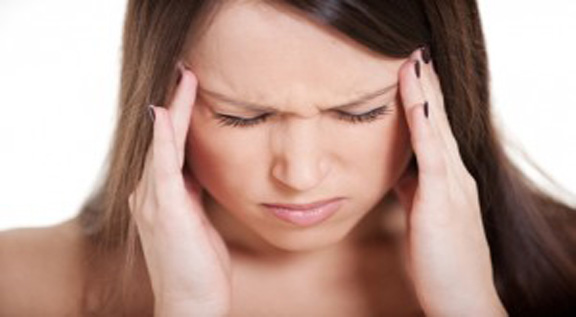Eclampsia is a rare but serious condition that causes seizures during pregnancy. It can affect every woman during pregnancy, no matter if you have had or not a history of seizures in the past. However, some women are at a greater risk of suffering from Eclampsia than others.
Seizures are a period of disturbed brain activity accompanied with convulsions and decreased alertness.
Some women are at e greater risk of suffering from eclampsia than others. Risk factors include:
- Preeclampsia
- High blood pressure
- Being pregnant for the first time
- Being pregnant with twins
- Being under the age of 20 or over the age of 35
- Diabetes or any other medical condition that affects the blood vessels, etc.
What causes Eclampsia?
The real cause of Eclampsia is not known. However, in many cases Eclampsia follows Preeclampsia. Preeclampsia is characterized by high blood pressure in a pregnant woman after the 20th week of pregnancy. When the preeclampsia worsens and affects the brain, eclampsia has developed.
Signs and Symptoms of Eclampsia
Because eclampsia often follows preeclamsia, pregnant women can have the signs and symptoms of both conditions. Common signs and symptoms of preeclampsia include: headaches, swelling especially in the face and hands, excessive weight gain, nausea and vomiting, difficulties while urinating, vision problems, etc. Signs and symptoms of eclampsia include: headaches, muscle pain, seizures, agitation, loss of consciousness, etc.
How Is Eclampsia Diagnosed?
In cases when preeclampsia is diagnosed, your doctor will order regular check-up tests in order to monitor your condition and to diagnose on time if preeclampsia has worsen and eclampsia has occurred. If you have had preeclampsia or eclampsia in previous pregnancies, your doctor will also order regular check-ups in order to determine if the condition will reoccur. Regular tests that help diagnose preeclampsia and eclampsia include:
Blood tests – a total check-up of your blood, including hematocrit and platelet count in order to determine how is the blood clotting and how many red blood cells you have in your body
Urine tests – to check for the presence of protein in the urine and the rate at which it is being excreted
Creatinine tests – are done in order to determine how the kidneys work. Creatinine is a waste product produces by the muscles. Having higher levels of creatinine in the blood indicate preeclampsia.
How is Eclampsia Treated?
Delivery is the only treating option in cases with preeclampsia and eclampsia. If preeclampsia is diagnosed, your doctor will monitor your condition and treat you with medications in order to prevent eclampsia. Early delivery of the baby is necessary in cases with severe signs and symptoms, when eclampsia threatens the life of the mother and the baby. Early delivery usually occurs between the 32 – 36th week of pregnancy. In cases with high blood pressure medications to lower it may be used. In cases with seizures, anticonvulsants may be used.
How Does Eclampsia Affect the Baby?
Eclampsia affects the placenta, which is the organ that delivers the blood, oxygen and nutrients to the growing baby inside of the womb. In cases with preeclampsia or eclampsia, the high blood pressure reduces the blood flow and the placenta is not able to function normally. This leads to delivering a baby with low birth weight or delivering a baby with other health problems. In rare cases, stillbirth may occur.



Recent Comments